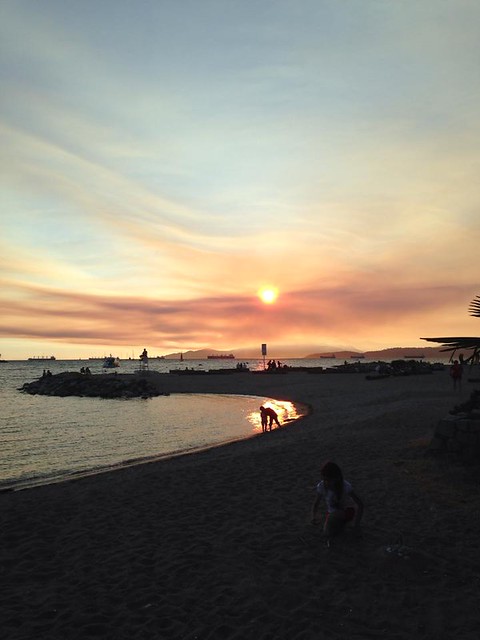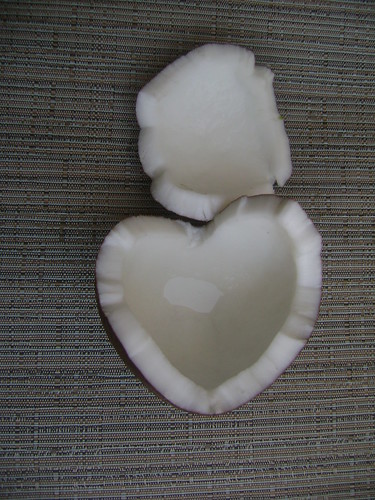Sunset Beach Reviewed by EauMG

Thank you to Victoria Jent's glowing review of Sunset Beach on her excellent fragrance and beauty blog, EauMG:



I've been tincturing my milky oolong tea in the past couple of weeks, with mixed-success results.
There is no doubt the jus that results from this botanical is fragrant. But at first it smells like some sort of a witch's brew (and as you can see, the colour is quite reassuring in this direction), and only improves after sitting on a scent strip for a few minutes.
The true test for it, of course, is skin and perfume. On the skin I'm not really impressed with it on its own (yet). But I have added a few drops to an existing perfume that was begging for a cup of tea, and it seems to add some depth...
The interesting part is, though, that the one10 days in ethanol did not seem to take everything out of the leaf. So I'm doing a 2nd "steeping" and curious to see if there will be an improvement.
One gloomy spring day, I sought refuge from the daily stresses and a twitched heart by taking tea at the Urban Merchant’s new tea salon (1070 West Georgia).
Assisting me in search of a tea that is not aromatized but very aromatic - their tea ambassador recommended milky oolong. The name peaked my curiosity, which was temporarily satisfied as I buried my head halfway down a bucket-sized tin of the above-mentioned botanical gem. As it turned out, the tea was well represented: the crunched-up dry leaves had the aroma of butterscotch, which is nothing short of a miracle. Steeped in hot water (95 C / 203 F), the tea leaves unfurl to reveal an aromatic palette that is simultaneously complex, light and rich. The steam emanated a refreshing transparency as the droplets of clear tea condensed on the transparent glass. Sipping away, it was indeed what it promised: milky and smooth, with the illusion of caramel yet with no sugar or milk in sight. It also has a transparent floral aspect to the nose, and than the buttery milky smoothness comes back in the sweet aftertaste, that appears in your mouth and throat after the tea was swallowed. Even the second steeping gave away an astonishingly vibrant aroma (and I wish I had the time to stay in for more steeping – but that would have taken the whole day!).
This milky oolong tea is the most pricy tea I’ve ever encountered, even among fancy oolongs. But the price is well worth it: it can be re-steeped for up to 7 times, and the intensity of aroma is surprisingly potent well into the 4th steeping.